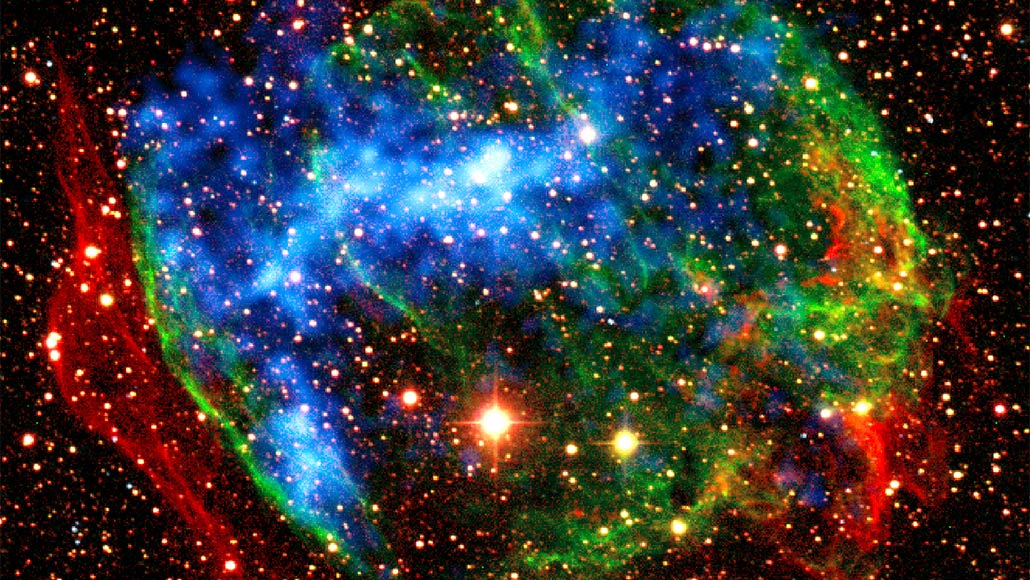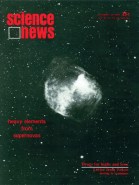50 years ago, scientists didn’t know where heavy elements came from
Excerpt from the December 20, 1969 issue of Science News

Heavy elements probably aren’t created by an ordinary star exploding, or a supernova, the remnants of which are shown in this infrared and X-ray compsite image. But scientists now have seen these elements created in the collision of two neutron stars. Regular supernovas (like the one in this image created with infrared and X-ray data) probably can’t form heavy elements, but powerful, more exotic supernovas might.
NASA Goddard








